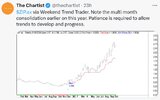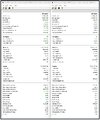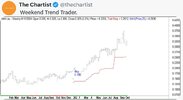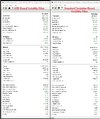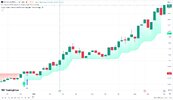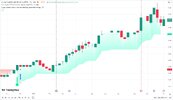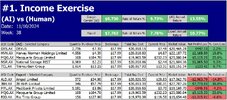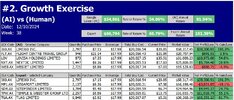- Joined
- 28 December 2013
- Posts
- 6,392
- Reactions
- 24,319
Banks should do a better job of keeping their ATMS filled
I went to 5 ATMS over the weekend and they all said "insufficient funds"
Hopefully, the banks will get their act together soon and keep those ATMs stocked!
Skate.
I went to 5 ATMS over the weekend and they all said "insufficient funds"
Hopefully, the banks will get their act together soon and keep those ATMs stocked!
Skate.



